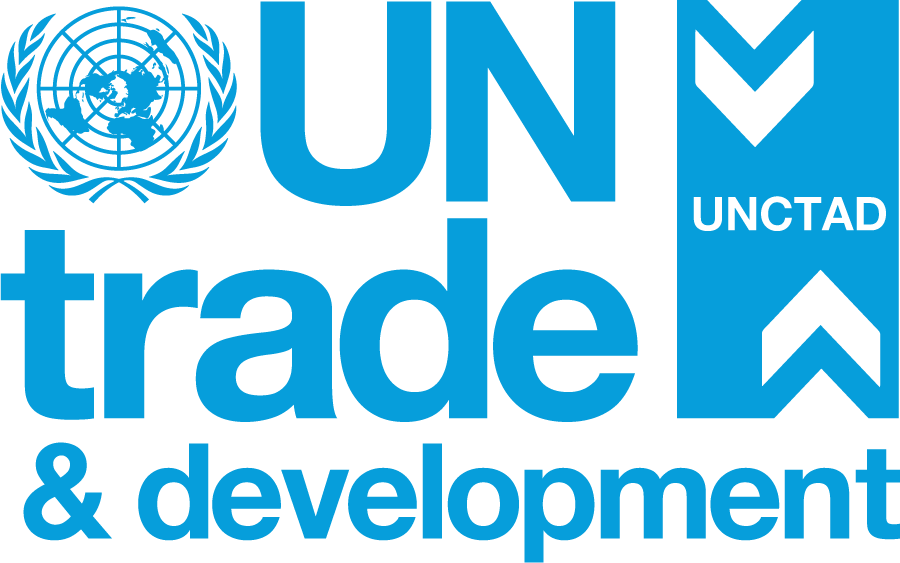
For over a decade, the international community has pursued an elusive goal: doubling the 1% share of global exports of the least developed countries (LDCs).
While the goal remains largely off track, tariffs on LDCs’ exports to the US market have recently tripled – and are twice as high as those faced by developed countries. This will erode the competitiveness of the 44 LDCs in a market that represents nearly 10% of their exports.
LDCs’ light manufacturing exports are hit the hardest. The end of AGOA and HOPE/HELP preferential access to the US market may further undermine their competitiveness — especially in textile and apparel, key sectors for women’s employment.
These factors can weaken the productivity spillovers and structural transformation historically associated with manufacturing.
Tariff disruptions underscore the need for LDCs to double down on regional integration and productive capacities as means for economic diversification. This would pave the path to a more prosperous and resilient future.
Key messages:
- Tariff disruptions are a stark reminder of the importance of the multilateral trading system, including special and differential treatment for LDCs.
- Structural transformation is more necessary than ever to cope with tariff shocks.
- Untapped diversification options exist within the Global South, notably through regional integration.


